Daughter of DAW: An Interview with Publisher Betsy Wollheim, Part II

This interview was transcribed from a Zoom meeting of the Philadelphia Science Fiction Society on June 14, 2024, conducted by Darrell Schweitzer and hosted by Miriam Seidel.
Read Part I here.
Darrell Schweitzer: The other factor that must go into accepting a book for publication is that the editor has to see how the company can make money off the book. I have heard of books being turned down with a response, “This is perfectly charming, but I don’t see how we can publish it profitably.”
Betsy Wollheim: Usually a publisher has a few really big authors, so they can afford to publish a book that is brilliant, but may not be commercial. That was really my father’s attitude toward the Gor books. Ironically, John Norman enabled him to publish Suzette Haden Elgin, a feminist author. Patrick Rothfuss sells a lot of books — he’s an outstanding writer and his sales enable us to publish books that might not sell that well, which is lovely.

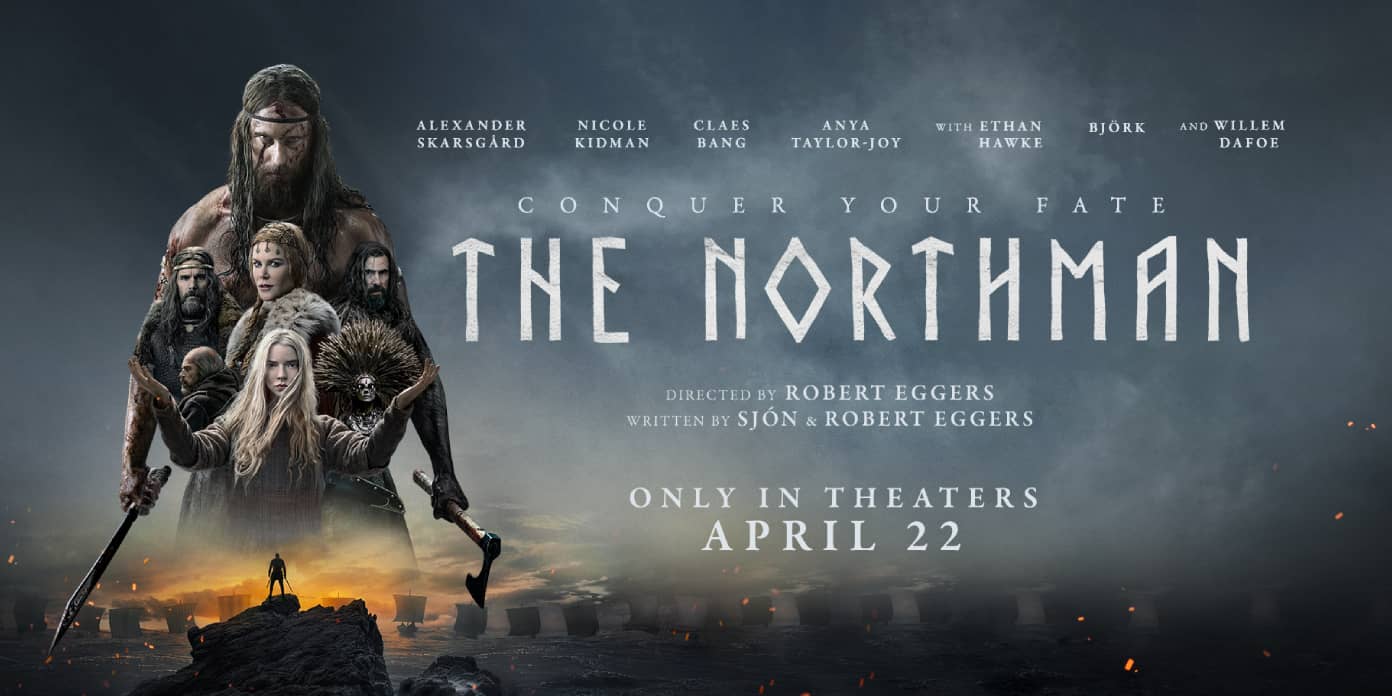
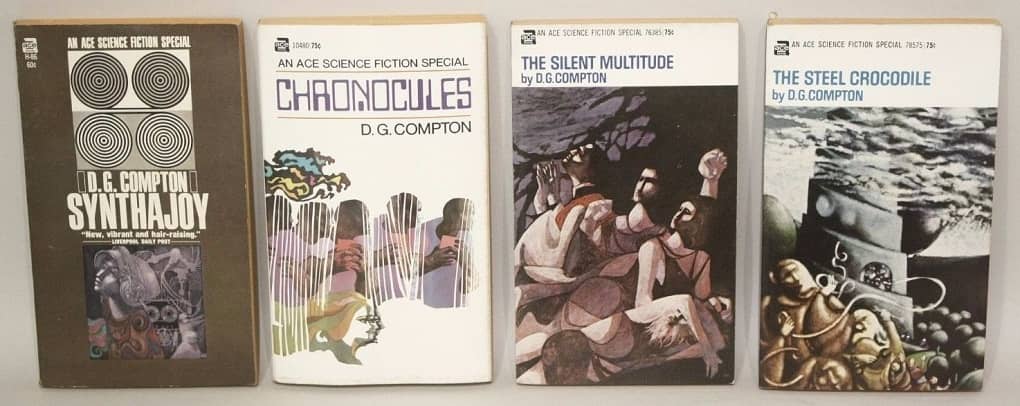
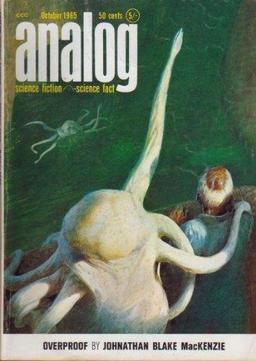
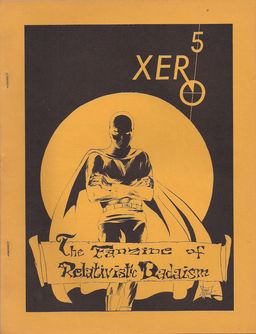
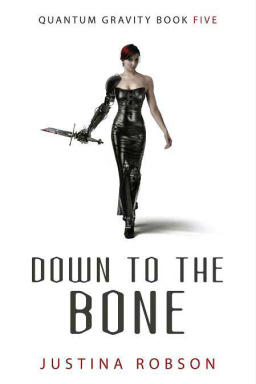
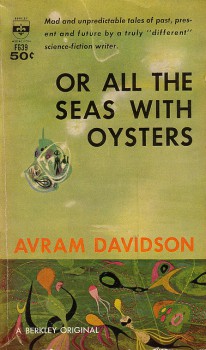
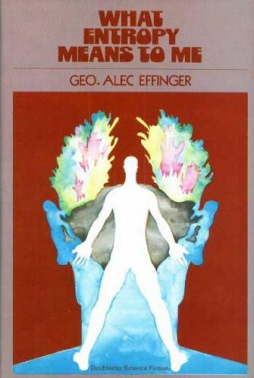 There are indeed urban legends at work in the Collector’s market. For example, the entire print order of George Alec Effinger’s first novel, What Entropy Means to Me (Doubleday, 1972) was supposedly pulped before publication (almost certainly untrue).
There are indeed urban legends at work in the Collector’s market. For example, the entire print order of George Alec Effinger’s first novel, What Entropy Means to Me (Doubleday, 1972) was supposedly pulped before publication (almost certainly untrue).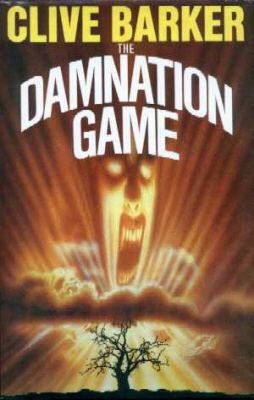 Collector prices are not always rational, as I think most collectors know. They can be fueled by hysteria. As many collectors have noticed, Clive Barker futures are very soft these days. Only the first British hardcovers of the Books of Blood and the British first of The Damnation Game have retained their value. There was a time, within a year or so of publication, when the advance galley of the American edition of Weaveworld could easily bring a hundred dollars. The last time I sold one, I bought it for $1.00 and got $10.00; but that was years ago. Nowadays you would be lucky to get five dollars for a copy. American firsts of Barker, or even galleys of same, are virtually worthless.
Collector prices are not always rational, as I think most collectors know. They can be fueled by hysteria. As many collectors have noticed, Clive Barker futures are very soft these days. Only the first British hardcovers of the Books of Blood and the British first of The Damnation Game have retained their value. There was a time, within a year or so of publication, when the advance galley of the American edition of Weaveworld could easily bring a hundred dollars. The last time I sold one, I bought it for $1.00 and got $10.00; but that was years ago. Nowadays you would be lucky to get five dollars for a copy. American firsts of Barker, or even galleys of same, are virtually worthless.